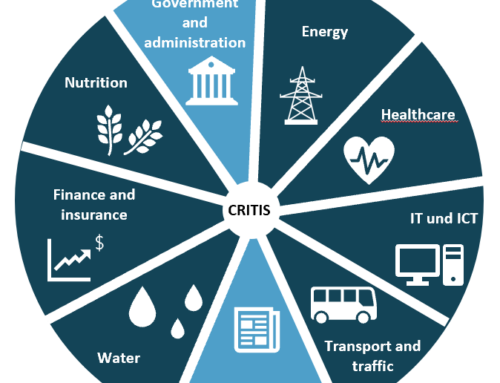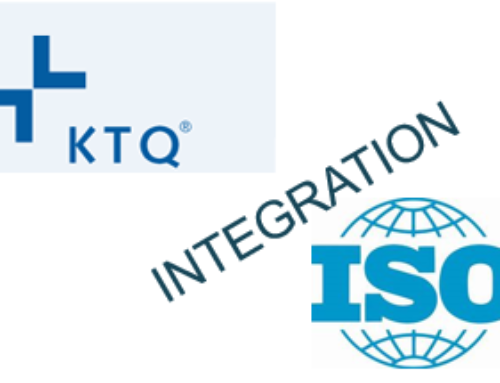The new technical specification DIN CEN/TS 17091:2019 “Crisis management – Guidance for developing a strategic capability” calls for a strategic approach to crisis management. ” Development of a strategic capability” is a measure designed to help organizations build this important capability. In this article, we highlight four areas where the new technical specification promotes best practices and provides more detailed guidance.
Crisis management as a strategic competence
It’s not a question of if, but only a question of when things will go wrong. And once they do, an effective response will help keep the company on track. A study published by Aon and Pentland Analytics (Reputation Risk in the Cyber Age – The Impact on Shareholder Value, August 2018) shows that companies which respond effectively to a crisis will outperform those that do not in terms of shareholder value. Companies that view crisis management as a strategic discipline are more likely to respond effectively when a crisis hits.
Second, the basic principles of good crisis management can be used to help leaders successfully prepare for and execute strategic organizational change. When a company goes through a period of significant change, transformation, or a critical project, it comes under closer examination and is more prone to even small problems that can become full-blown crisis. Regulators, investors and other stakeholders can quickly lose confidence in the strategy and management team – activist investors may try to change direction, consumers may have less loyalty to the new products or services.
Third, while crisis planning is important, it is equally important to remain agile and adaptable. Crisis often requires bold gestures and a willingness to change at the highest levels. This is reflected in the updated definition of “crisis” by DIN CEN/TS 17091: “An unprecedented or exceptional event or situation that threatens an organization and requires a strategic, adaptive, and timely response to maintain its viability and integrity.”
Finally, the technical specification answers helpfully the question we see so many companies confronted with, “With whom should crisis preparedness reside?” It clearly states that the role should be performed by the board or senior management.
Crisis Leadership
Leadership in a crisis is clearly emphasized. The technical specification addresses the complexity of leading a team under stress and the characteristics of an effective crisis leader. This is a welcome summary that is practically applicable and adds to the growing scholarly literature on the subject, which has boomed after the high-profile resignations following recent crisis.
Training leaders in the art and practice of leading in a crisis is rarely on the curriculum – but it should be, because it may be the most difficult and important task they face for the organization and in their careers. Otherwise, they and their organization become vulnerable.
Situational awareness and information management
The importance and complexity of situational awareness and effective information management is too often underestimated: Whether real or simulated, we have observed many good and bad crisis responses. The technical specification recognizes it as a supporting pillar of the response and has placed it at the forefront throughout. The specification does not spell out exactly how companies should actually and effectively implement the crisis response. It is much more about getting companies to put processes in place that support this critical element of the response and tailor it to their own needs.
Crisis communication
Previous standards provided a limited overview of crisis communication, focusing on media management. The media is just one of many stakeholders that a crisis communication strategy must address. The new technical specification addresses this in a better way and will help people, especially those not in communications roles, to understand the scope and impact of the communication strategy on the reaction.
The technical specification also provides more detailed guidance for managing and using social media. It outlines key considerations for planning and suggests that building an effective social media capability in peacetime can help an organization be more proactive in a crisis. This will help companies that treat social media as a new and emerging “nice to have” to consider it as a critical pillar of crisis communication.
Building a strategic crisis management competency will be useful. It can help a company continue to achieve its strategic goal. We support you in this process!
An article by Robert Osten, published on 09 Feburary. 2019
Translated by Charlotte Ley






